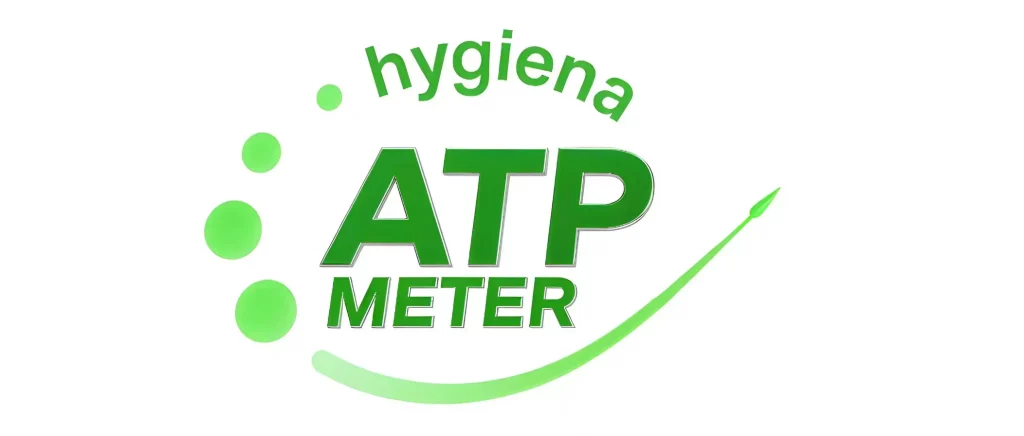Uncategorized
ATP Fluorescence Detector is Used in Tableware Surface
Tableware (including plates, bowls, chopsticks, spoons, and lunch boxes) comes into direct contact with food. Microorganisms (such as E. coli, Staphylococcus aureus, and Salmonella) remaining on their surfaces are a significant risk factor for foodborne illness. ATP (adenosine triphosphate), the energy source of all living cells, is only present in living microorganisms and residual food debris. Based on this characteristic, ATP detectors can quantitatively measure ATP levels on tableware surfaces, quickly determining whether cleaning and disinfection procedures have met standards. This provides a scientific basis for tableware hygiene management in settings such as the catering industry, food processing companies, and medical institutions.
Core Role:Hygiene Control Covering the Entire Process of “Cleaning – Disinfection – Storage”
1. Verifying Cleaning Effectiveness
Identifying “Incomplete Physical Cleaning” Issues.If tableware is not thoroughly cleaned of food residue (such as protein, grease, and starch), even after subsequent disinfection, the remaining organic matter can become a breeding ground for microorganisms and even affect the effectiveness of the disinfectant. An ATP meter can quickly identify these issues, preventing ineffective disinfection practices involving residual food residue.
2. Verifying Disinfection Effectiveness
Assessing the Effectiveness of Chemical/Physical Disinfection.Disinfection of tableware (such as high-temperature steaming, immersion in chlorine-containing disinfectants, or ultraviolet light) should theoretically significantly eliminate microorganisms. An ATP meter can provide results within 15 seconds of disinfection. If the RLU value is below the preset standard, disinfection is effective; if it exceeds the standard, it indicates an abnormal disinfection parameter and requires immediate adjustment of the disinfection protocol.
3. Hygiene Risk Warning
Blocking “Cross-Contamination” Chains.During storage and transportation, tableware may become secondary contaminated due to contact with unclean containers or hand contact. ATP detectors can conduct random inspections of tableware after disinfection and before use, promptly identifying contamination risks and preventing unqualified tableware from reaching the dining table, thereby reducing the possibility of the spread of foodborne diseases (such as bacterial gastroenteritis) at the source.
Core Features:Technical Features Adapted to the Needs of Tableware Surface Inspection
Tableware surface testing must address issues such as diverse materials (ceramic, plastic, metal), uneven residue (localized adhesion of food residue), and dispersed testing scenarios (kitchens, disinfection workshops, and regulatory sites). The ATP tester’s functional design precisely matches these requirements:
1. Surface Sampling Adaptability
Equipped with a dedicated swab, it can be flexibly wiped on various surfaces, including flat surfaces (plates), crevices (chopstick lines), and curved surfaces (bowl linings), ensuring efficient collection of residual microorganisms and ATP
2. Anti-Interference Detection
To address interfering substances such as food grease, detergents, and disinfectants that may remain on tableware surfaces, the detector features a built-in “specific enzyme reaction system” (only ATP triggers a fluorescence reaction). This reduces detection interference to ±5% or ±5 RLUs, ensuring stable and reproducible test results under diverse environmental conditions.
3. Portable and Rapid Testing
Compact and equipped with an aluminum case for easy portability, the device boasts a 12-hour battery life, making it suitable for on-site use in restaurant kitchens, disinfection workshops, and other locations. The simple testing process, from “sampling – adding reagents to the swab – inserting the instrument” to results, takes only 15 seconds, ensuring efficient tableware turnover.
4. Data Standardization and Compliance
The system supports setting “pass/fail thresholds” to directly display “meet the standard” or “exceed the standard” after testing, without the need for professional interpretation. It also supports exporting Excel reports to meet the needs of internal ledger management of catering companies and verification by regulatory authorities.
Application Benefits: Creating Multi-dimensional Value for Multiple Entities
1.For catering companies, this system offers triple benefits: cost reduction, risk control, and efficiency improvement.
- Cost Reduction: Over 60% lower than traditional testing costs, with results available in 15 seconds, eliminating the rework and waste of substandard tableware. No specialized personnel are required; trained employees can operate the system, saving on additional labor costs.
- Risk Control: Instant screening at every stage of cleaning, disinfection, and storage allows for early interception of problematic tableware, avoiding foodborne illness complaints, regulatory fines, and brand damage.
- Efficiency Improvement: Quantifying hygiene standards using RLU values and supporting data traceability allows for rapid identification of weaknesses (such as exceeding standards during peak periods), enabling refined management.
2. For regulatory agencies, precise enforcement is implemented to shorten the risk cycle.
Precise supervision allows for on-site screening of multiple businesses within 10 minutes. Those meeting RLU standards are quickly released, while those exceeding standards are subject to focused scrutiny, resulting in a 3-5x increase in enforcement efficiency. Immediate risk control involves on-site testing and rectification upon receiving complaints, preventing the continued use of problematic tableware and the spread of risk. Long-term governance involves identifying common regional issues (such as substandard disinfection in small restaurants) through data archives, implementing targeted measures, and promoting industry upgrades.
3. For consumers, visible safety fosters trust.
Businesses should make informed choices by publicly disclosing test results, allowing consumers to objectively assess hygiene conditions. This will drive upgrades, encouraging consumers to prioritize businesses that publicly disclose results, encouraging more businesses to proactively improve hygiene standards and ensure dining safety.
